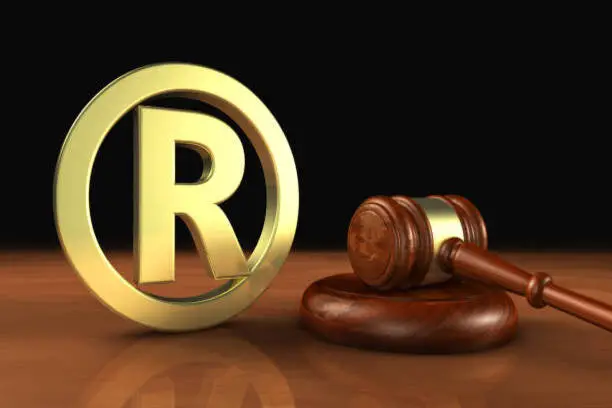


In 2017, the United States Patent and Trademark Office (USPTO) experienced a surge in trademark applications, reaching 440,768—an almost 14 percent increase from the previous year. This heightened filing activity has reignited concerns about trademark clutter, where companies register broad or unused marks. The phenomenon is exacerbated by the global proliferation of trademarks, nearly doubling since 2006, with a projected annual figure surpassing ten million.
Trademarks, a centuries-old cornerstone of intellectual property protection, have seen an unprecedented surge in filings globally. Factors contributing to this surge include technological advancements, particularly in China, resulting in a staggering 1100 percent increase in trademark applications in the United States. Companies engage in a ‘race to register,’ attempting to secure marks for a myriad of potential applications in emerging technologies, leading to an overcrowded register with underutilized marks.
The rise of Internet of Things (IoT) applications further complicates the landscape. Consider an IoT-enabled vehicle, capable of integrating climate control, navigation, steering wheel functions, and vehicle data through connected technologies. Each distinct application within IoT necessitates new filings, contributing to an already inflated register. With the global IoT market projected to reach USD 1.7 trillion by 2020, the influx of new applications may result in numerous registered but unused marks.
A 2012 program by the USPTO aimed to identify inactive and unused trademarks. Out of 500 randomly selected trademarks, many owners failed to provide additional proof of use. This underscores how trademark clutter undermines the system, making it challenging for new market entrants to secure distinct brands.
Established brands often adopt a defensive strategy, registering numerous marks for protection, hindering new market players. This practice, aimed at securing a profitable identity, inadvertently exacerbates trademark clutter and limits available marks for new applicants.
Startups resort to unconventional spellings to navigate trademark clutter. However, this approach poses challenges, as similarity in sight, sound, and meaning to prior marks can still lead to infringement. In the pharmaceutical industry, where name confusion poses health risks, trademark clutter becomes particularly perilous.
USPTO Director Andrei Iancu proposes measures to reduce trademark clutter, including requiring foreign applicants to be represented by US attorneys. The USPTO has initiated a ‘Post Registration Proof of Use Review Program,’ compelling owners to demonstrate actual trademark use. Non-compliance can result in cancellation, preserving the integrity of the trademark register.
While government bodies strive to regulate trademark registrations, brands must adopt a measured approach to their portfolios. This involves judiciously selecting and regularly reassessing trademarks, saving time and resources. Intellectual Property Lawyers play a crucial role in guiding brands through this process, offering expertise in monitoring the market and advising on the strategic registration of trademarks. Their counsel helps brands avoid unnecessary applications, contributing to a more streamlined and effective trademark system.